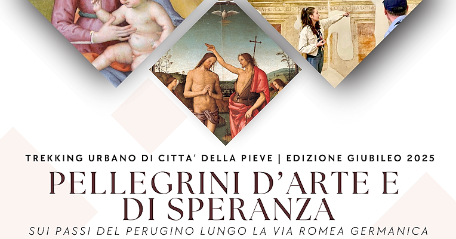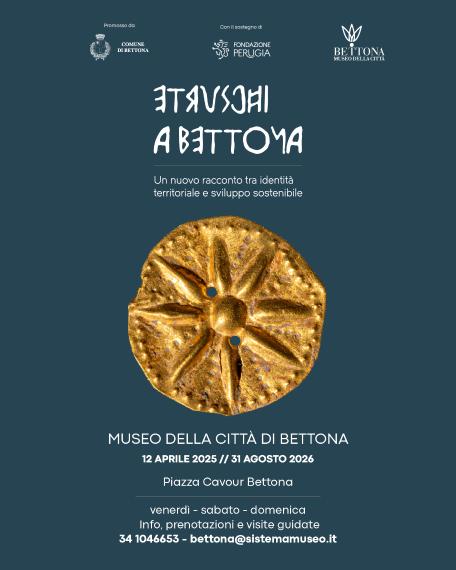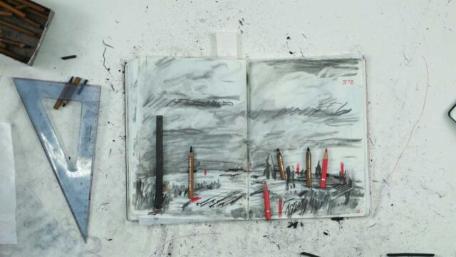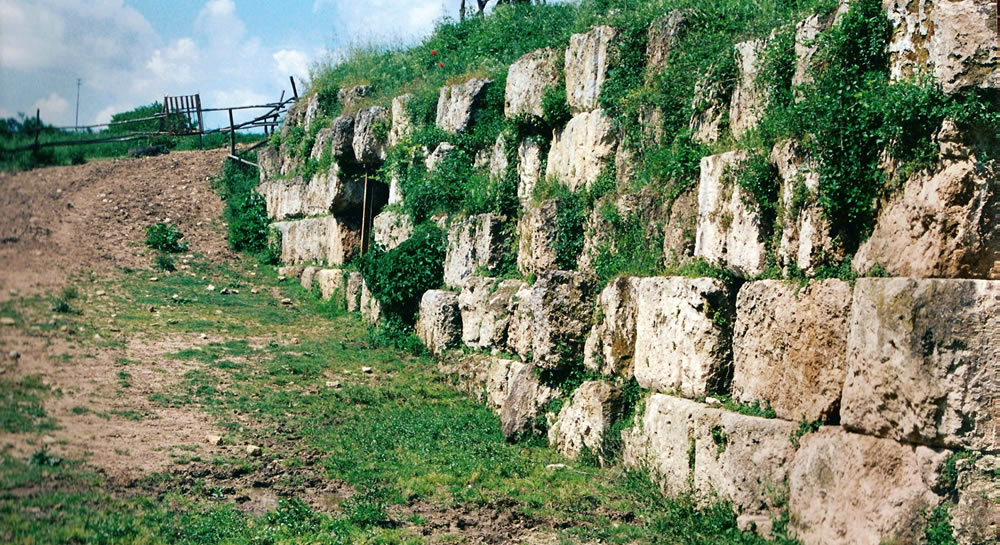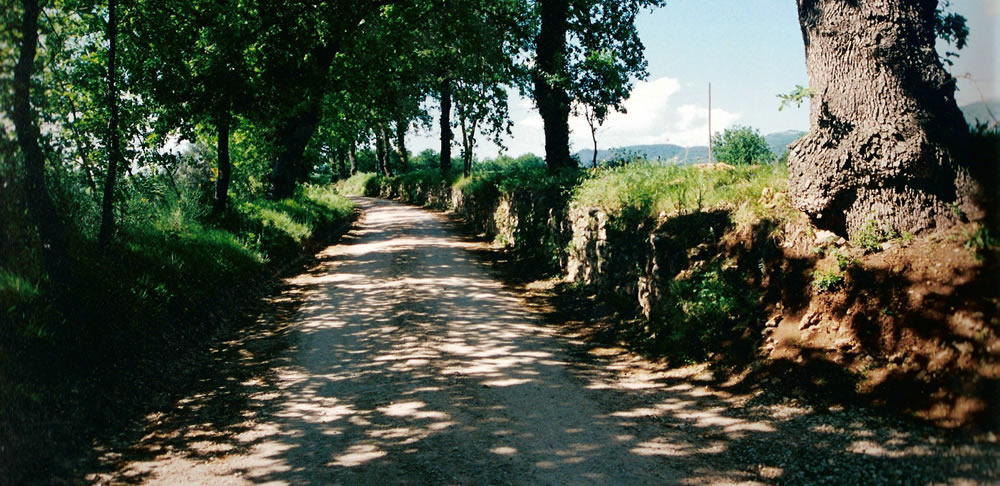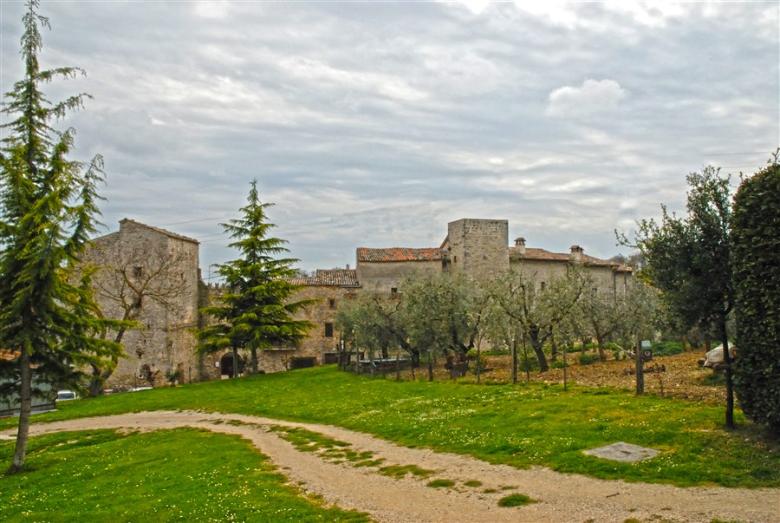Small settlements arose as "stations", destined to change horses or for travelers ‘s hospitality, gradually tended to take on the characteristics of organized and complex centers called vici: clusters of buildings with all the architectural features of an ancient village.
Even the spread of the new Christian religion, from the 2nd and 3rd centuries AD, began its rise in the peripheral areas of the peninsula, making use of the formidable support of the Roman road network: the Via Flaminia became thus one of the key channels.
The barbarian invasions and the Empire decline, evident during the 4th and 5th centuries AD, led to the abandonment of adjacent areas to the road, no longer safe places to gather and returning to the old hilltop settlements much more easily defensible.
The Vicus Martis Tudertium arose around the church of Santa Maria in Pantano, built in the 7th-8th centuries on an old Roman building (of which considerable parts are lost). This is attested by numerous inscriptions from this area, and it is identifiable with Statio ad Martis on the Flaminia.
The excavations brought to light a series of buildings with an enviable state of conservation of the perimeter walls, thus proving the existence of the Vicus, from its imposing size, covering an area of about seven hectares: the exact location of the via Flaminia section.


















